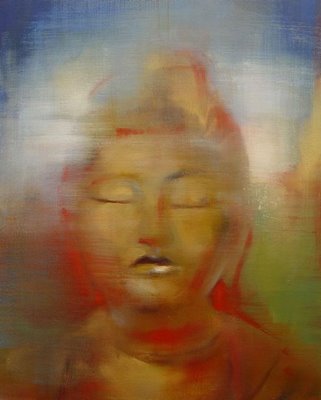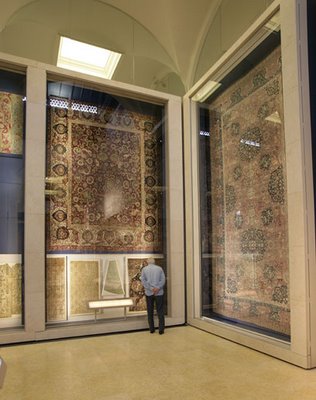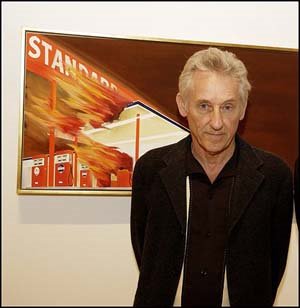 Thomas Eakins
Thomas Eakins"Gross Clinic"
96"x78" oil on canvas 1875
-image courtesy Thomas Jefferson University
The Crystal Bridges Museum of American Art, founded by the Wal-Mart heiress Alice L. Walton and under construction in Bentonville, Arkansas, is trying to pry away another important painting from its longstanding home. Carol Vogel in the New York Times reports that Thomas Jefferson University - a medical school in Philadelphia - has decided to sell the work which was purchased for $200 by University alumni in 1878. The proposed sale price is $68 million and the painting would be shared between the National Gallery of Art in Washington and the not yet completed Crystal Bridges Museum of American Art.
Crystal Bridges' recent plunder of Asher B. Durand's "Kindred Spirits" from the New York Public Library set a poor precedent.
 Asher B. Durand
Asher B. Durand "Kindred Spirits"
44"x36" oil on canvas 1849
formerly in the collection of the New York Public Library
Carol Vogel goes on to report that Thomas Jefferson University seems to be "mindful of potential objections from residents of Philadelphia, Eakins’s lifelong home,[and] has given local museums and government institutions 45 days to match the offer."
"Anne d’Harnoncourt, director of the Philadelphia Museum of Art, said she would immediately explore the possibility, perhaps in tandem with the Pennsylvania Academy of Fine Art. “It’s a painting that really belongs in Philadelphia — his presence still resonates here,” she said of Eakins’s masterwork. “There may be a way we could band together to make it happen.”
I am in on this one and hope that the Philadelphia Museum will accept offers from around the country to help keep "The Gross Clinic" in Philadelphia.
 Thomas Eakins
Thomas Eakins"Gross Clinic"
96"x78" oil on canvas 1875
-image courtesy Thomas Jefferson University
More at:
New York Times on the Gross Clinic
In Philadelphia they are aghast at the news-
"This is our cultural heritage. We cannot let it be bought.
If we sell it, we are selling Philadelphia's future. Would we allow the Liberty Bell to be bought? This is no different.
Philadelphia is the home of the first hospital, founded by no less than Ben Franklin. A tradition grew out of that, a tradition that is summarized by this painting. We have a rich history of medicine that will be plundered by the sale of this art."
-from Phillyville
And the alumni from Thomas Jefferson University are livid:
"Isn't this a little like selling your soul to the devil? Couldn't Jeff issue bonds in the usual fashion and go into debt like any respectable university?
Says Bob Barchi (University President), "We're not a museum. We're not in the business of art education" and in two sentences betrays his failing grade on his Two Cultures book report , a crushing ignorance of the centrality of art to the human experience, and spins Jefferson's expansion as an Eakins rejection redux.
Heroic myth writ large (Homer) or small (Rocky Balboa, Luke Skywalker) inspires great things in real life, just as Eakins painting of Gross has inspired countless artists, physicians and patients. It is arguably Philadelphia's David. But Philadelphia is not Florence, and the Jefferson Board no Medici."
Is Art Important to Medicine?













































